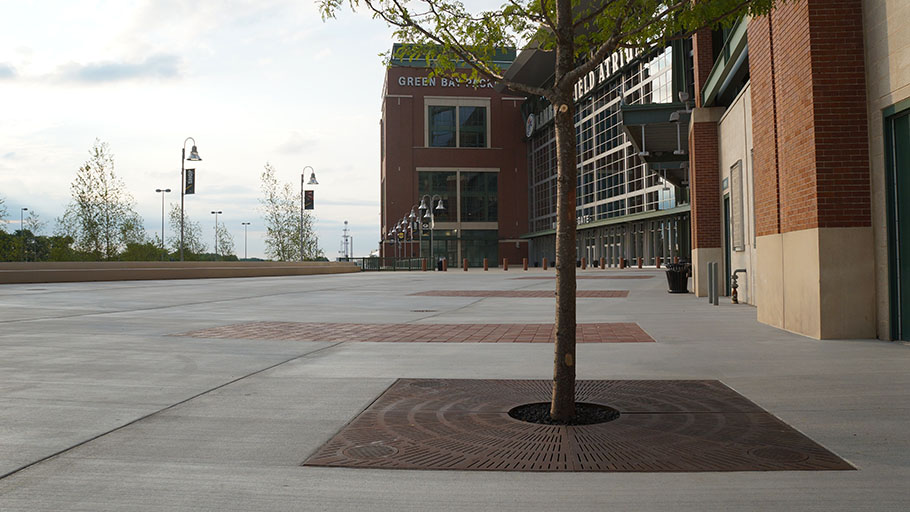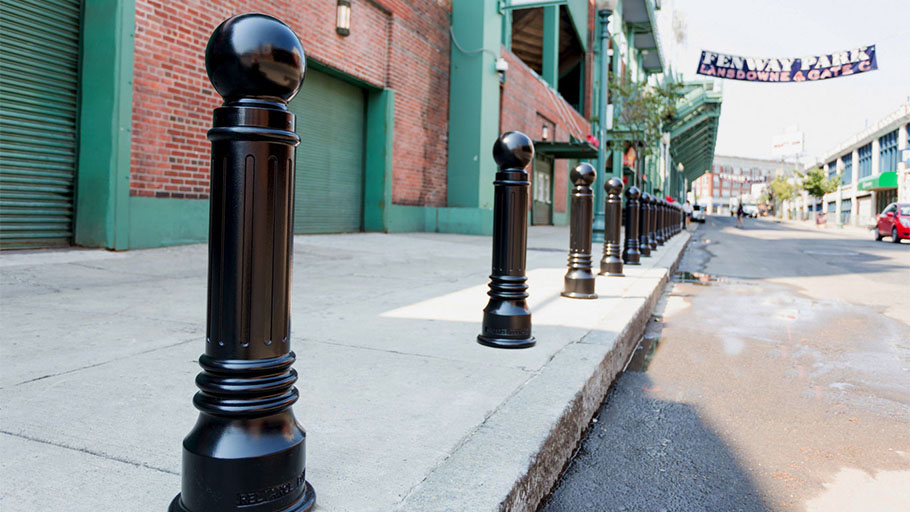Adding life (and love) to urban landscapes with city trees
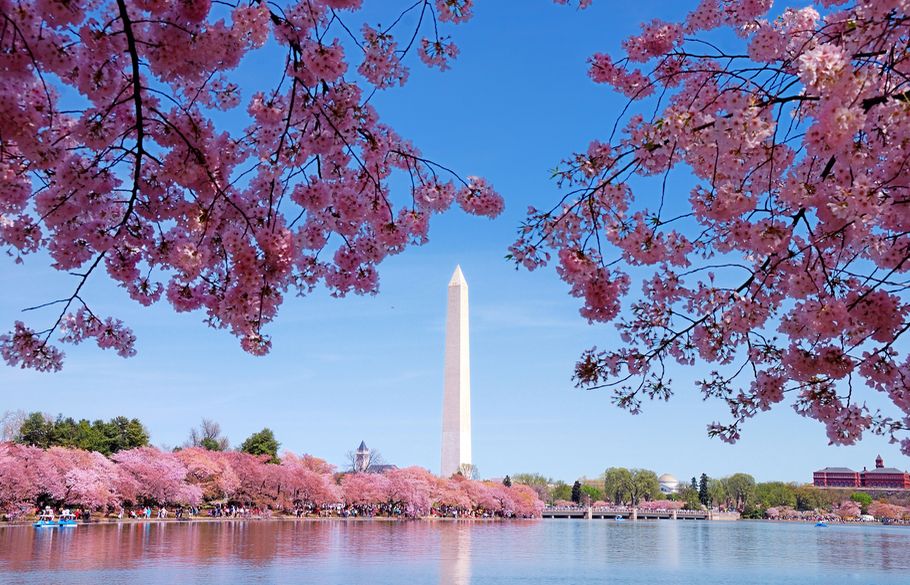
Even big-city dwellers get sick of the concrete and asphalt after a while. If you’re looking for the perfect city trees to plant in your community, look no further than the stunningly beautiful cherry blossom tree. They create a cascading snowfall of blossoms when they’re in full bloom during the spring.
When doing urban landscaping for your community and public spaces, include a mix of hardscapes and planted landscaping to balance function and beauty. Both are essential elements of urban planning.
As you evaluate different city trees for your community, here’s what you need to know about choosing the stunningly beautiful cherry blossom tree:
Cherry blossom city trees 101
An ornamental cherry tree is hard to miss when it’s in full bloom. Most people know them as the trees that bloom large, pink blossoms for a short time during March or April. These trees can bloom a variety of colors (including pink, white, yellow, and green) and only bloom for two to four weeks.
Aside from their popularity in their native country of Japan, the Canadian city of Vancouver is well-known for its cherry blossom city trees. The city has over 50,000 of these trees within the city limits! Toronto also has a healthy population of cherry trees as do many areas in the United States and throughout Europe.
In Europe and North America, ornamental cherry trees are part of the genus Prunus, with over 400 different species. In Japan, they are classified as Cerasus, and there are about 100 varieties in the country.
Wild varieties of cherry blossom trees are not often planted for cherry blossom viewing. In parks and public spaces where you intend and want the blossoms to bloom brightly, you’ll choose a cultivar of the cherry tree. A cultivar is a process where the most desirable traits of the tree (in this case, the flowers) are propagated. The most popular cherry blossom cultivar in Europe and North America is the Prunus Serrulata ‘Kanzan’ or ‘Sekiyama.’
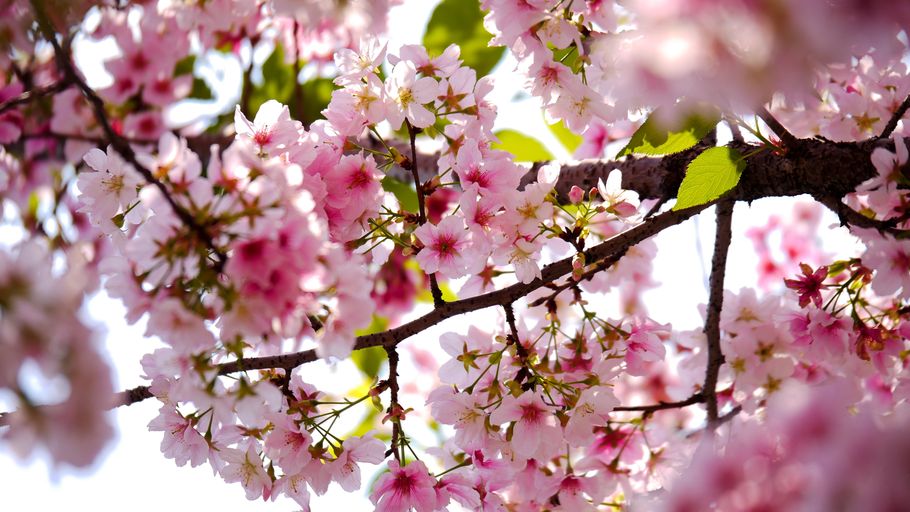
What climate do cherry trees grow in?
Cherry Blossom trees grow in many places outside of Japan, mainly in the northern hemisphere (the Orient, North America, and Europe). They thrive in wet environments that aren’t too warm. Ideally, they are in Hardiness Zones 5 through 8. Hardiness zones are based on average minimum winter temperature, so this means when planting cherry blossom trees for your city trees, ensure your average winter temperatures don’t drop below the -20oF (-28.9oC) and 20oF (-6.7oC) range, on average.
Their blossoming window is affected by the weather, global warming, and when placed in busy urban cities, they are affected by the urban heat island effect. (The urban heat island effect is where the temperature of a city is warmer than the surrounding area due to the presence of human activities and infrastructure. This phenomenon is common in big cities.)
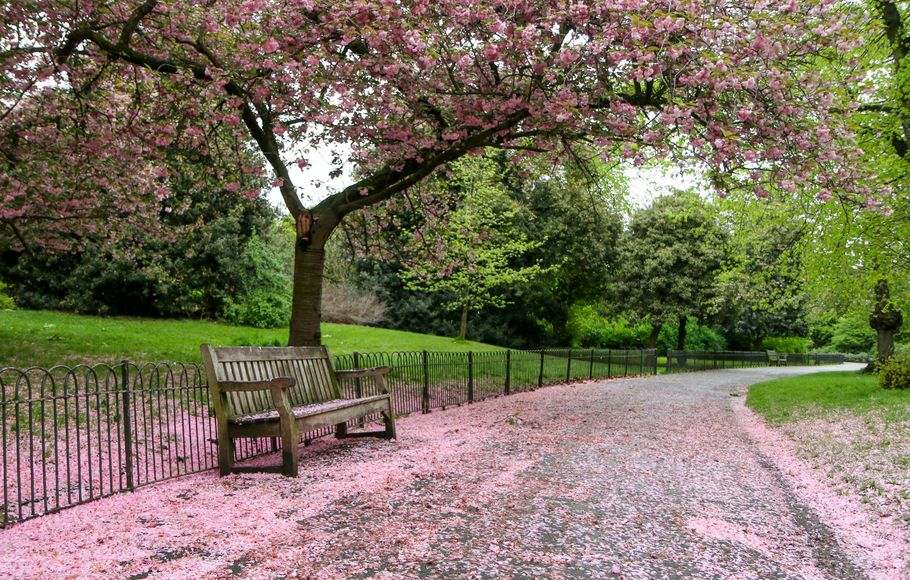
How to care for a cherry blossom tree
Watering: Moderately water your cherry blossom trees. They are hardy enough to survive in multiple sunlight exposures (full sun, partial shade, or primarily shady), but if watering is difficult, consider planting them in partial shade to minimize water evaporation.
During the first season after planting on your streetscapes, water these city trees once a week to a depth of 18 inches. After they are more mature and established, watering every two to three weeks is sufficient.
Soil type: These city trees prefer well-drained, more acidic soils but can survive in sandy, loamy, or clay-based soils too.
Pruning: Mature trees can reach 40-50 feet tall and grow about two to four feet per year. To keep the mature trees’ roundish shape, only minimal pruning is needed. The ideal time to prune is when the tree is dormant in the winter and only after it’s established (about five years). Then you can remove dead or diseased wood and do minimal cutting for shape and street safety as needed.
Disease management: While cherry blossom trees are among the hardiest city trees you can choose, without proper care and watering they can be prone to diseases including:
- Black Knot Fungus: appears at joints and branches as small, light-brown growths. Remove affected areas immediately, or else it can destroy the entire tree.
- Silver Leaf Fungus: appears on leaves and appears silver in colour. Again, remove affected areas as soon as possible to avoid spreading.
- Black Cherry Aphids: cause leaves to curl and leave behind a secretion that induces black fungus. The best treatment option for Black Cherry Aphids is an insecticide.
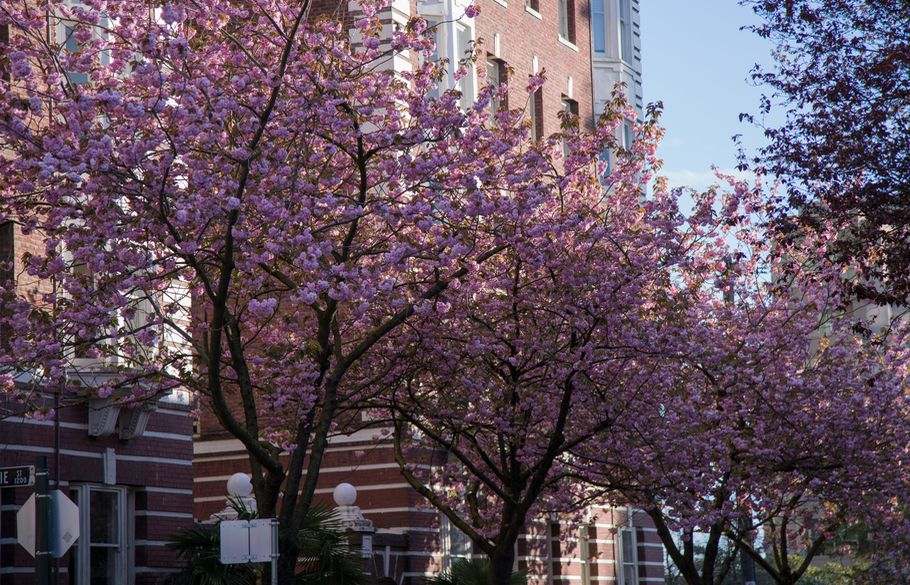
What are the other benefits of planting cherry trees?
Cherry blossom trees create highly “Instagrammable” locations in your city. There are entire streets in Vancouver, Canada, that fill with tourists and locals itching for the perfect cherry blossom selfie or group picture every spring.
They also provide a spot for people to rest under and have a drink. The ancient Japanese practice of Hanami is the practice of drinking under a blooming cherry blossom tree. For this reason, it’s a great idea to provide seating or open areas under any cherry blossom city trees you plant.
Protecting cherry trees in the city
In addition to providing a place for people to sit and enjoy the blossoms, it’s also important to protect the tree, especially when planted as a city tree in a big urban setting. When planted in an open park or in ample green space, you don’t need much protection around the tree base or trunk.
We recommend a standard tree grate for a growing cherry tree or a more flexible two-piece tree grate. Both types of tree grates provide the roots protection from foot and vehicle traffic. For additional aesthetics and functionality, install other hardscaping around the tree, such as a bench or fence.
Choosing a cherry blossom tree for your city trees is a great, colorful option that provides a picture-worthy backdrop for any busy urban environment.










